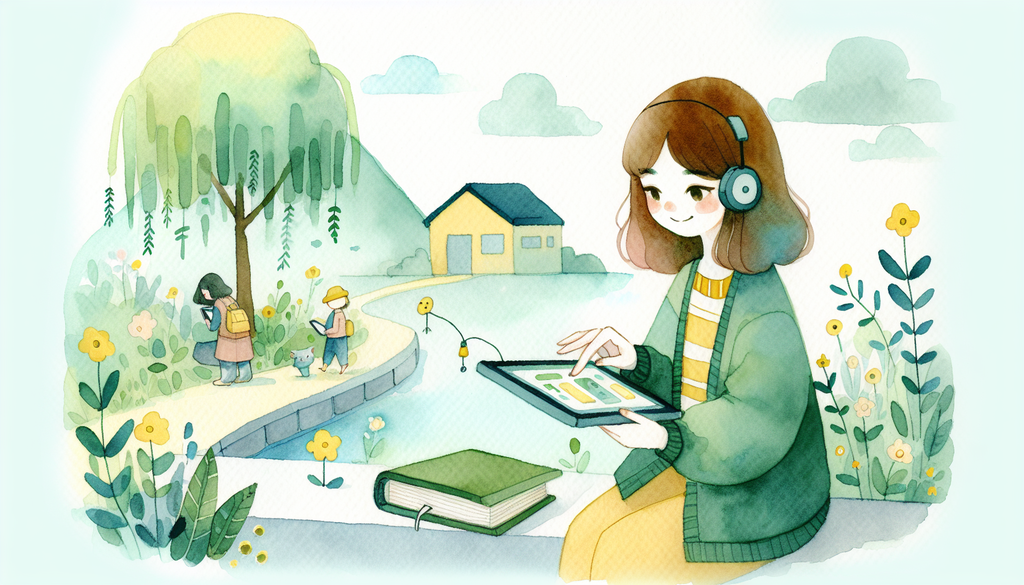Interactive Learning: Using Technology to Engage Special Needs Students

Technology has redefined the landscape of Special Education. Today, there’s an explosive growth of interactive learning tools which can cater to diverse learning needs, help overcome barriers, and enhance the educational experience for special needs students. This article explores some of these technologies and provides actionable tips for parents and caregivers to leverage them in supporting their child’s learning journey.
Interactive learning tools offer myriad benefits, especially for children with special needs. They cater to diverse learning styles, boost engagement and motivation, foster independence, and most importantly, build confidence in children by allowing them to learn and succeed at their own pace.
Assistive Technology for Reading and Writing
Tools like text-to-speech readers, speech recognition software, and word prediction applications aid in reading and writing tasks. Students who struggle with literacy due to dyslexia or other learning disabilities can significantly benefit from these tools. They allow children to overcome their learning barriers and ensure they are not left behind in the curriculum. You can learn more about how these tools work by reading our post on Crafting Effective Learning Objectives for Special Needs Students.
Adaptive Hardware and Accessible Gaming
Adaptive hardware such as modified keyboards, touch screens, and trackball mice tailored to the specific needs of the child can make computer use easier and more accessible. Meanwhile, accessible gaming has emerged as a powerful tool to make learning fun and interactive. Not only can they aid in improving fine motor skills, but they also enhance cognitive abilities and foster social skills development. Check out our post - When Sports Meet Support: Athletics for Children with Special Needs that sheds light on the tremendous potential of inclusive gaming and sports programs.
Virtual Reality (VR) Learning
Virtual reality can simulate experiences and create immersive learning environments. For children with special needs, this can be especially beneficial in teaching a variety of skills - from spatial awareness to social-emotional learning. It can also make abstract concepts more tangible and engaging, offering enriched learning experiences that are not possible within the four walls of a classroom.
Communication and Social Interaction Apps
These apps aid children with Autism Spectrum Disorder (ASD) or other communication challenges by using visual aids and Social Stories™ to foster social understanding. They serve as interactive platforms to practice and understand social norms, conversations, and behaviors. For more information on enhancing social skills for children with ASD, you can read our post on Building Bridges: Social Skills for Children on the Autism Spectrum.
In conclusion, interactive learning technologies are playing a transformative role in special education. By embracing these technologies, we can make learning not just more accessible, but also enjoyable and successful for every child. As you navigate these tools, remember that the goal is not technology itself, but empowering students and enhancing their learning capabilities.
While technology certainly offers incredible resources, it’s important to remember the equal importance of traditional play in child development, which you can read more about in our post on The Role of Play Therapy in Child Development. Both channels together can lay the foundation for a successful and inclusive learning journey.